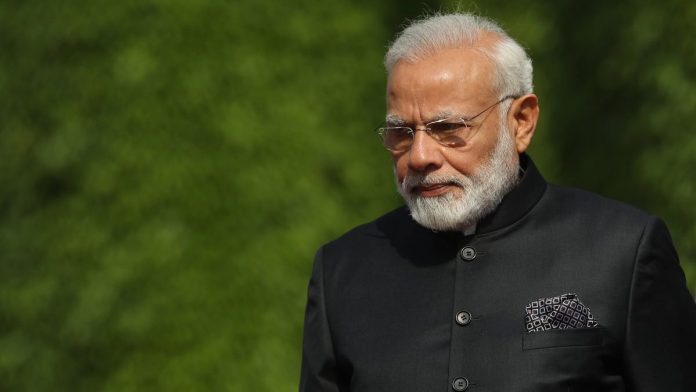Monsoon Leaves Prime Minister Modi Worried! Here’s Why

Prime Minister Narendra Modi has promised to double farmers’ income over five years and also boost the economy.
And the monsoon has a big role to play if the PM wants to deliver on his promises. But going by the progress of monsoon this year, all does not seem to be going as per plan.
#Lower Rains
The monsoon has progressed more slowly than usual after hitting Kerala nearly a week late. Monsoon rains have been 44% lower-than-average so far in June, delaying the sowing of summer-sown crops and raising concerns that parts of the country could face a worsening drought, according to a report by news agency Reuters.
This shortfall could have a major impact on consumer demand, the overall economy and financial markets. Already, makers of consumer products are reporting poor rural demand. Depleting reservoirs have forced cities including Chennai, Mumbai and Hyderabad to cut water supplies.
#Rain Economy
The monsoon delivers about 70% of India’s annual rainfall and determines the yield of rice, wheat, sugarcane and oilseeds, such as soybeans. Farming makes up about 15% of the country’s $2.5 trillion economy.
Rising farm output from a decent monsoon boosts demand for consumer goods in rural regions. Also, a stronger economic outlook tends to lift the stock prices of companies focused on selling products in rural areas.
Food makes up nearly half of the country’s consumer price index, which the Reserve Bank of India (RBI) monitors when deciding on monetary policy, including interest rates. Bumper farm output would keep food prices under control.
The government has paid farmers during past droughts, straining the fiscal deficit. A good monsoon will limit that kind of government spending. A drought would raise vegetable and pulse prices, requiring increased spending on welfare schemes.
No wonder, all eyes in the nation, including those of the PM, are riveted on weather bulletins, praying for bumper rains that will be critical for a good economy.

Comments are closed.